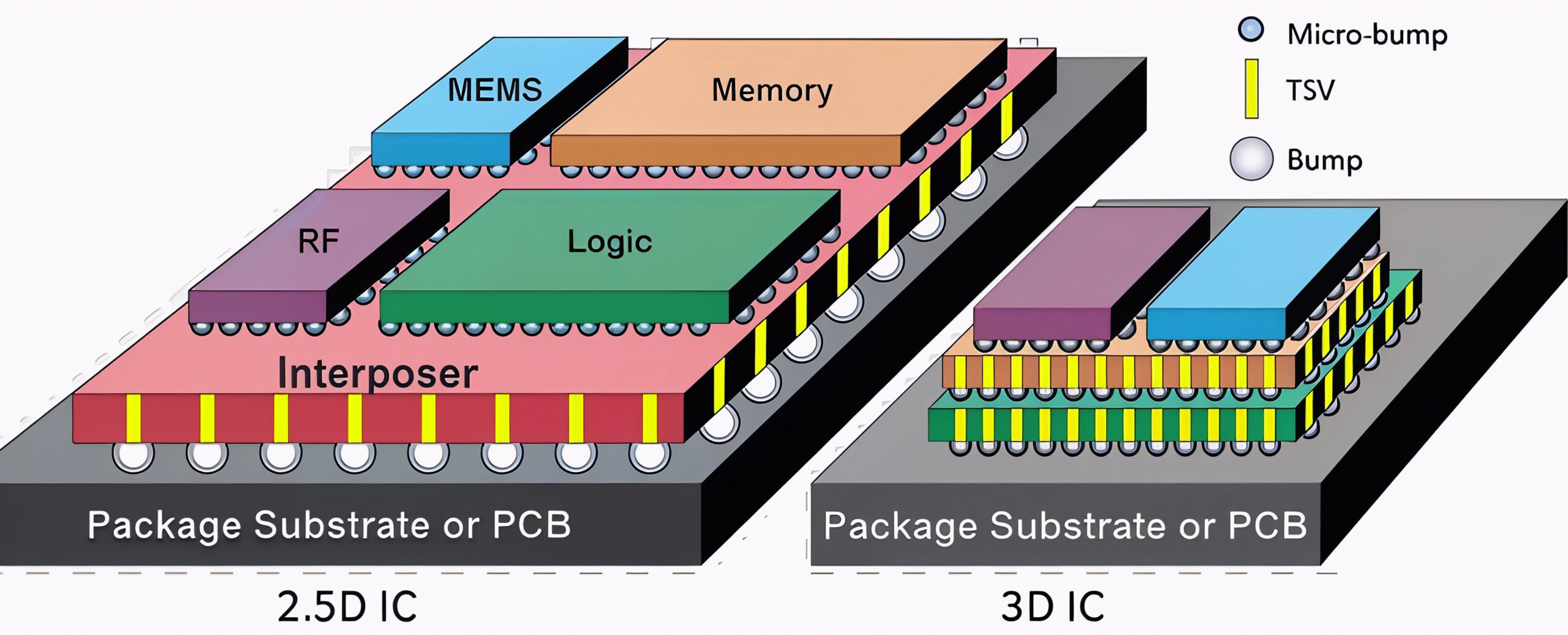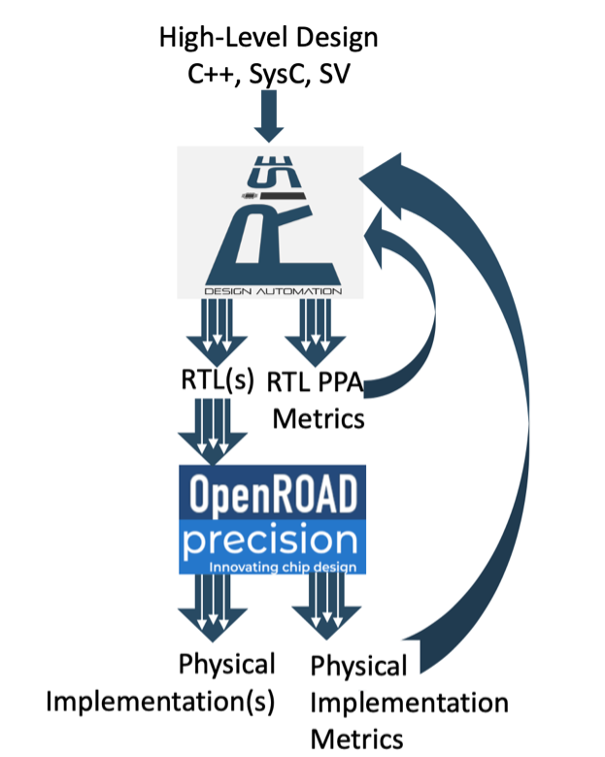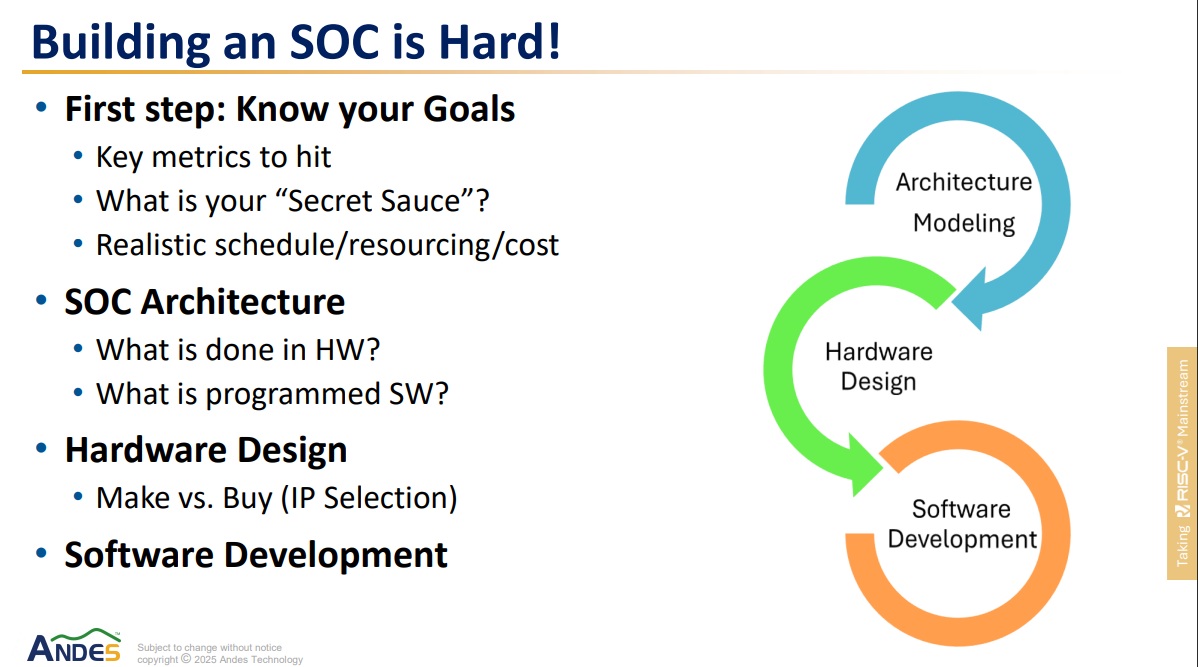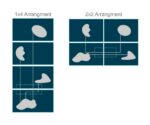Shelly Henry is the CEO and Co-Founder of MooresLabAI, bringing over 25 years of semiconductor industry experience. Prior to founding MooresLabAI, Shelly led silicon teams at Microsoft and ARM, successfully delivering chips powering billions of devices worldwide. Passionate about driving efficiency and innovation, Shelly… Read More
 Cost, Cycle Time, and Carbon aware TCAD Development of new TechnologiesOur good friend Scotten Jones wrote a paper…Read More
Cost, Cycle Time, and Carbon aware TCAD Development of new TechnologiesOur good friend Scotten Jones wrote a paper…Read More 3D ESD verification: Tackling new challenges in advanced IC designBy Dina Medhat Three key takeaways 3D ICs…Read More
3D ESD verification: Tackling new challenges in advanced IC designBy Dina Medhat Three key takeaways 3D ICs…Read More Reimagining Architectural Exploration in the Age of AIThis is not about architecting a full SoC…Read More
Reimagining Architectural Exploration in the Age of AIThis is not about architecting a full SoC…Read MoreNew Cooling Strategies for Future Computing
Power densities on chips increased from 50-100 W/cm2 in 2010 to 200 W/cm2 in 2020, creating a significant challenge in removing and spreading heat to ensure reliable chip operation. The DAC 2025 panel discussion on new cooling strategies for future computing featured experts from NVIDIA Research, Cadence, ESL/EPFL, the University… Read More
DAC News – proteanTecs Unlocks AI Hardware Growth with Runtime Monitoring
As AI models grow exponentially, the infrastructure supporting them is struggling under the pressure. At DAC, one company stood out with a solution that doesn’t just monitor chips, it empowers them to adapt in real time to these new workload requirements.
Unlike traditional telemetry or post-silicon debug tools, proteanTecs… Read More
U.S. Imports Shifting
Our Semiconductor Intelligence June Newsletter showed how U.S. imports of smartphones have been on a downward trend since January 2025, led by China. Other key electronic products have also experienced sharp drops in U.S. imports from China.F
U.S. smartphone imports in May 2025 were $3.03 billion, up slightly from April but … Read More
Godfather of AI: I Tried to Warn Them But We’ve Already Lost Control!
Geoffrey Hinton, dubbed the “Godfather of AI,” joins Steven Bartlett on “The Diary of a CEO” podcast to discuss his pioneering work in neural networks and his growing concerns about AI’s dangers. Hinton, a Nobel Prize-winning computer scientist, explains how he advocated for brain-inspired… Read More
Sophisticated soundscapes usher in cache-coherent multicore DSP
Digital audio processing is evolving into an art form, particularly in high-end applications such as automotive, cinema, and home theater. Innovation is moving beyond spatial audio technologies to concepts such as environmental correction and spatial confinement. These sophisticated soundscapes are driving a sudden increase… Read More
A Quick Look at Agentic/Generative AI in Software Engineering
Agentic methods are hot right now since single LLM models seem limited to point tool applications. Each such application is impressive but still a single step in the more complex chain of reasoning tasks we want to automate, where agentic methods should shine. I have been hearing that software engineering (SWE) teams are advancing… Read More
Improve Precision of Parasitic Extraction for Digital Designs
By Mark Tawfik
Parasitic extraction is essential in integrated circuit (IC) design, as it identifies unintended resistances, capacitances, and inductances that can impact circuit performance. These parasitic elements arise from the layout and interconnects of the circuit and can affect signal integrity, power consumption,… Read More
Perforce at DAC, Unifying Software and Silicon Across the Ecosystem
As the new name reflects, chip and system design were a major focus at DAC. So was the role of AI to enable those activities. But getting an AI-enabled design flow to work effectively across chip, subsystem and system-level design presents many significant challenges. One important one is effectively managing the vast amount of… Read More
Double SoC prototyping performance with S2C’s VP1902-based S8-100
As AI, HPC, and networking applications demand ever-higher compute and bandwidth, SoC complexity continues to grow. Traditional 50M ASIC equivalent gate FPGA prototyping systems have become less effective for full-chip verification at scale. Addressing this challenge, S2C introduced the Prodigy S8-100 Logic system, powered… Read More













Quantum Computing Technologies and Challenges